General information about Pansy Seeds
- Sowing Season: Late Summer to early Fall for Spring
- Germination: 10-14 Days
- Harvest in: 80-100 Days
What’s in the Box
- Pansy Seeds
- Sowing instructions printed on backside of Seed Packet
- Recyclable Pouch
Introduction to Pansy
Pansy flowers (Viola tricolor var. hortensis) are a gardener’s delight, loved for their wide range of colors and patterns. These versatile plants are perfect for garden beds, borders, and containers, bringing life and beauty to any space. Known for their cheerful “faces,” pansies come in shades of purple, yellow, white, red, and even multicolored varieties, making them a popular choice for creating striking floral displays. Additionally, pansies are edible and can be used to garnish salads, desserts, or beverages, adding a touch of elegance to culinary creations.
Growing pansies from seeds is a rewarding process that allows you to experience their full lifecycle, from tiny seeds to vibrant blossoms. With proper care and attention, these hardy flowers can brighten your garden through several seasons.
Guide to the Germination Process, Soil & Fertilizer, Watering & Pest Control Requirements for Pansy Seeds:

▶ Seeds Germination Process
- Preparation: Begin by selecting a seed-starting mix that is light, well-draining, and nutrient-rich. Fill seed trays or small pots with this mix, leaving a little room at the top.
- Sowing Seeds: Scatter the pansy seeds on the surface of the soil. Since pansy seeds require darkness to germinate, cover them lightly with a thin layer of soil or vermiculite, approximately 1/8 inch deep.
- Watering: Gently mist the soil to ensure it is evenly moist. Avoid overwatering, as this can cause the seeds to rot.
- Covering: Place a clear plastic cover or a piece of plastic wrap over the trays to retain moisture and create a humid environment.
- Placement: Keep the trays in a cool, dark location until germination begins. Check daily to ensure the soil remains moist but not waterlogged.
- Light Exposure: Once the seeds sprout, move the trays to a location with bright, indirect light or use grow lights. Continue to keep the soil moist and maintain a temperature between 60°F and 65°F (15°C to 18°C).
▶ Soil & Fertilizer Requirement
- Soil: Pansies thrive in nutrient-rich, well-draining soil with a slightly acidic to neutral pH (6.0 to 7.0). Before planting, prepare the soil by adding compost or organic matter to improve its texture and fertility. If you’re planting pansies in pots, use a high-quality potting mix that provides good drainage and aeration.
- Fertilizer Tips:
- Use a balanced, slow-release fertilizer (10-10-10 or similar) during planting to provide essential nutrients.
- For continuous blooms, feed the plants with a water-soluble fertilizer every two to three weeks during the growing season.
- Avoid over-fertilizing, as this can lead to lush foliage at the expense of flowers.
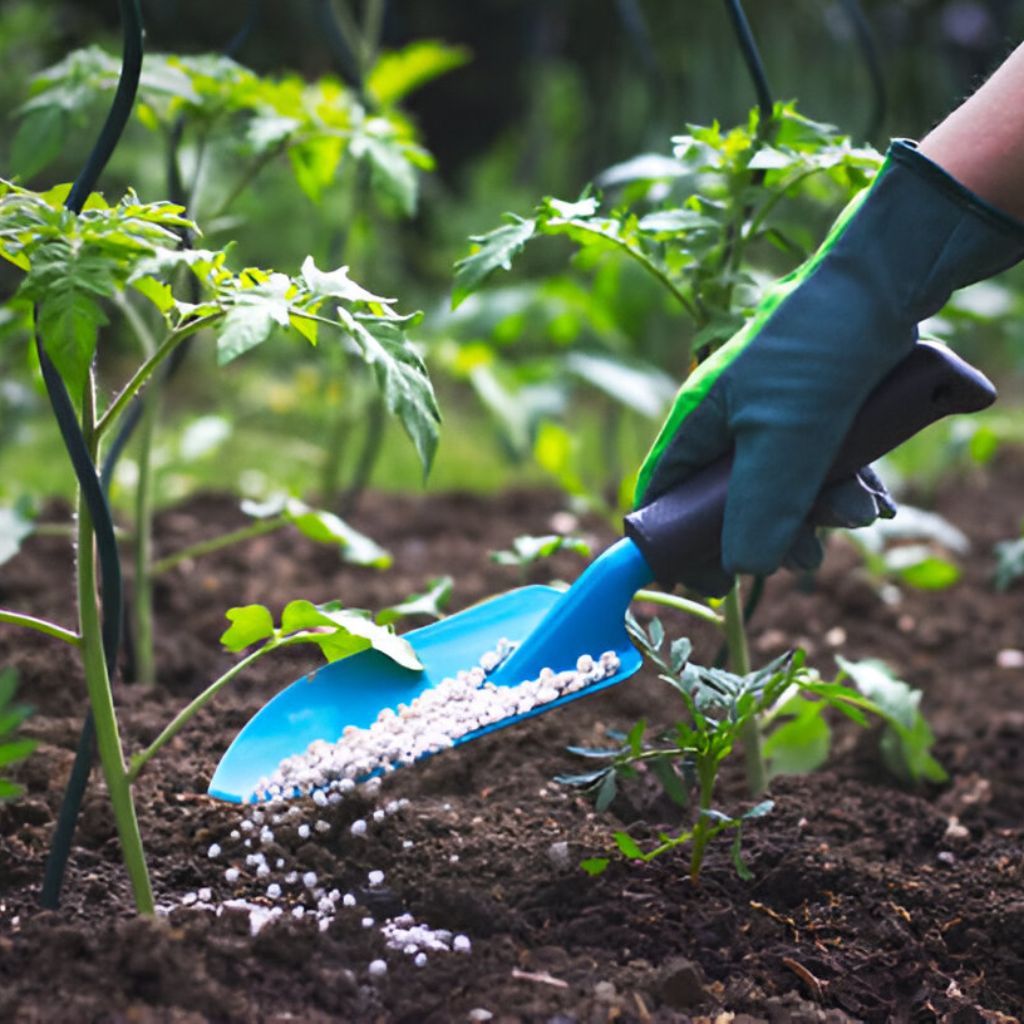
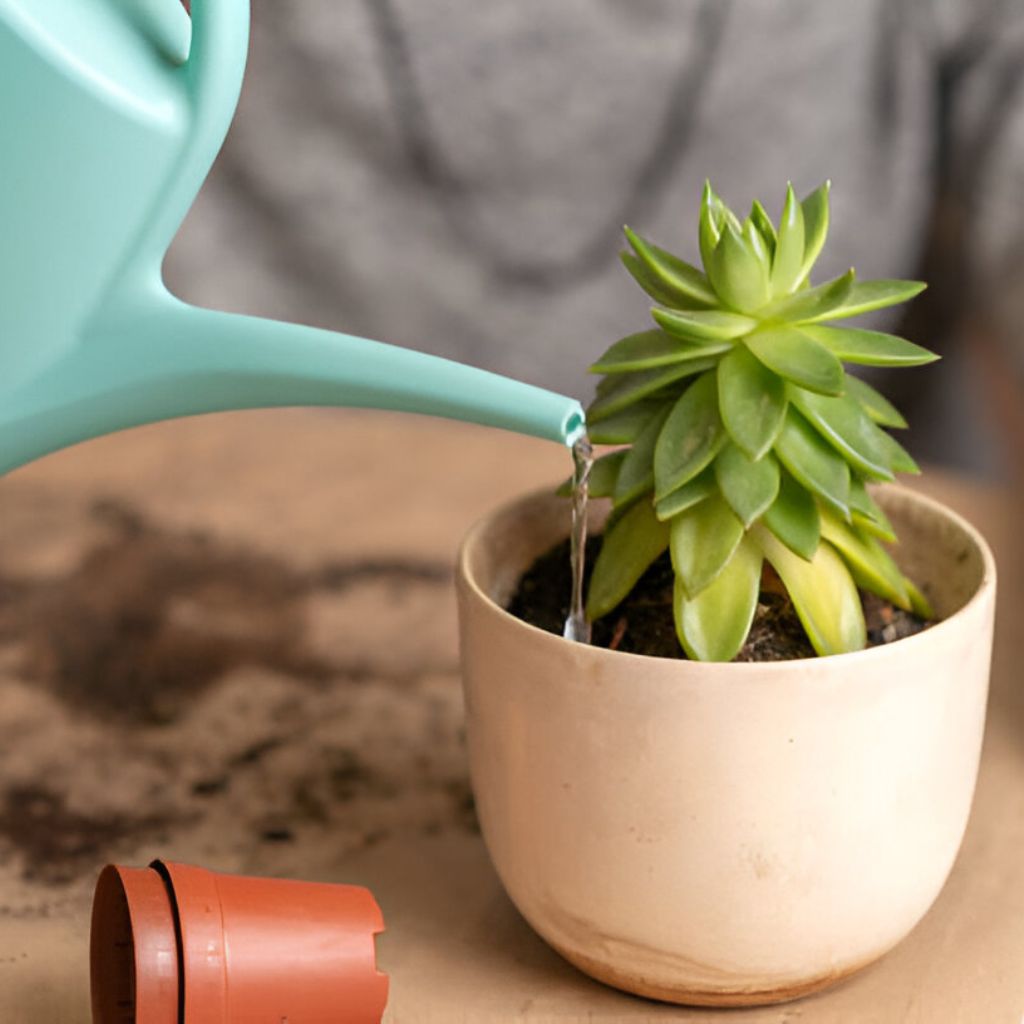
▶ Watering Requirement
- Water: Pansies prefer consistent moisture but do not tolerate soggy soil. To keep your pansies healthy and thriving:
- Water them deeply once or twice a week, depending on the weather and soil conditions. Allow the top inch of soil to dry out slightly between waterings to prevent root rot.
- Mulch around the plants to retain soil moisture and regulate temperature, especially in warmer climates.
- For potted pansies, ensure the pots have proper drainage holes to avoid waterlogging. During hot weather, you may need to water more frequently, as containers dry out faster.
▶ Pest Control Requirement
- Aphids: These small, sap-sucking insects can weaken pansies and cause distorted growth. Use insecticidal soap or neem oil to control infestations.
- Slugs and Snails: These pests often feed on pansy leaves and flowers, leaving behind unsightly holes. Use organic slug pellets or create barriers with crushed eggshells or diatomaceous earth.
- Spider Mites: If you notice fine webbing and yellowing leaves, spider mites may be the culprit. Spray the plants with water to dislodge them or use a miticide if necessary.
- Fungal Issues: Overwatering and poor air circulation can lead to fungal diseases like powdery mildew or root rot. Avoid overhead watering and ensure proper spacing between plants to improve air circulation.
- Preventative Measures:
- Regularly inspect plants for signs of pests or diseases. Practice crop rotation and avoid planting pansies in the same spot year after year. Encourage natural predators like ladybugs and birds to keep pest populations in check.

Alternate Names
- Hindi: पैंसी फूल के बीज
- Bengali: পানসি ফুলের বীজ
- Marathi: पॅन्सी फ्लॉवर बियाणे
- Telugu: పాన్సీ ఫ్లవర్ సీడ్స్
- Tamil: பான்சி மலர் விதைகள்
- Gujarati: પેન્સી ફ્લાવર સીડ્સ
- Kannada: ಪ್ಯಾನ್ಸಿ ಹೂವಿನ ಬೀಜಗಳು
- Odia: ପାନସୀ ଫୁଲ ବିହନ |
- Malayalam: പാൻസി പുഷ്പ വിത്തുകൾ









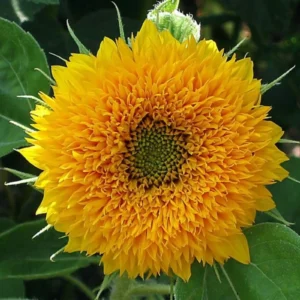



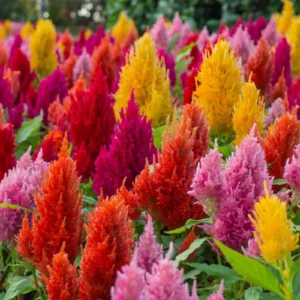
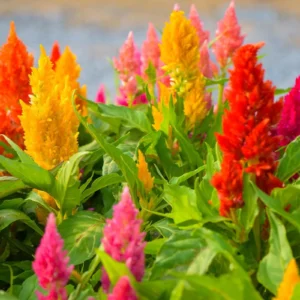
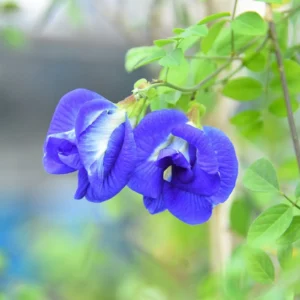

Reviews
There are no reviews yet